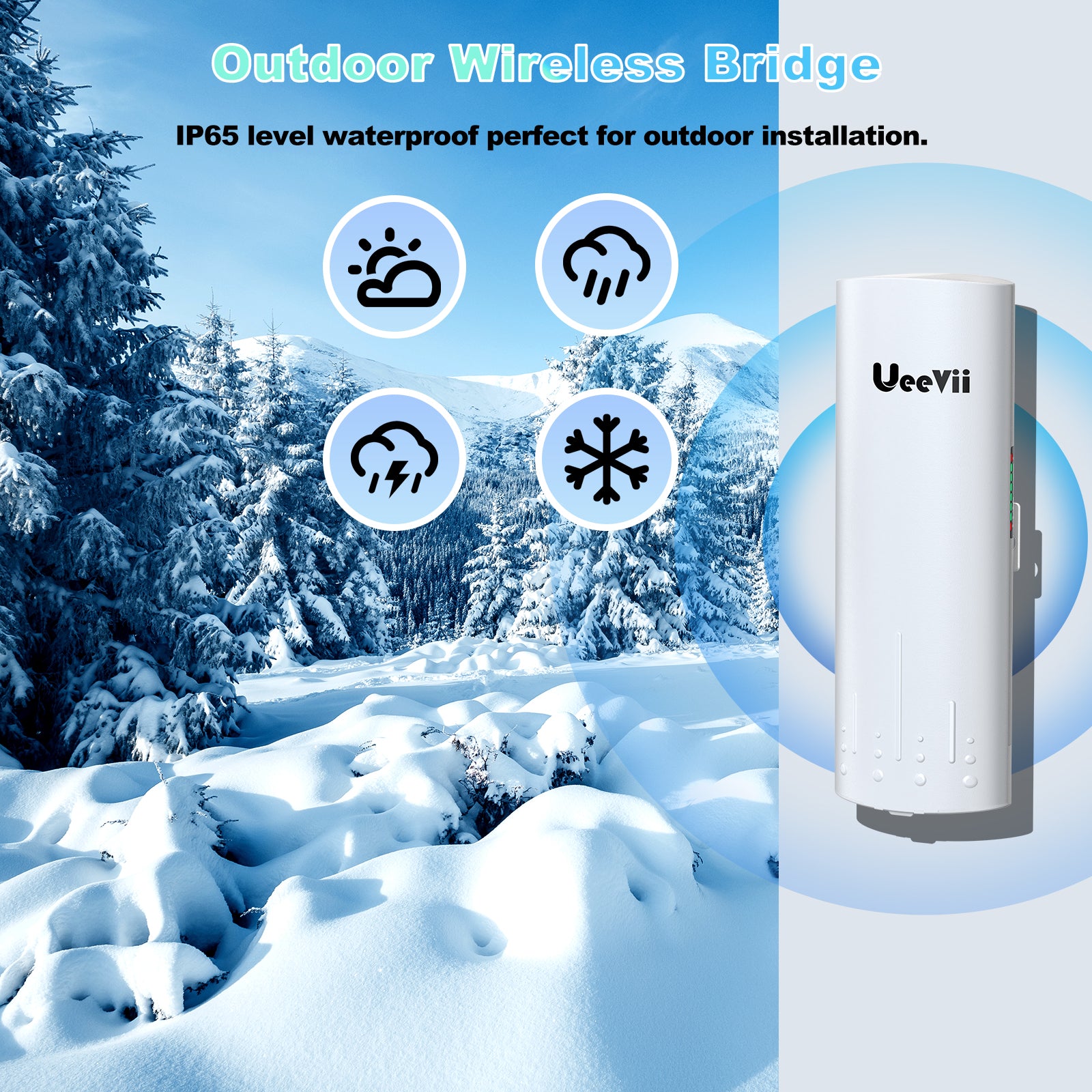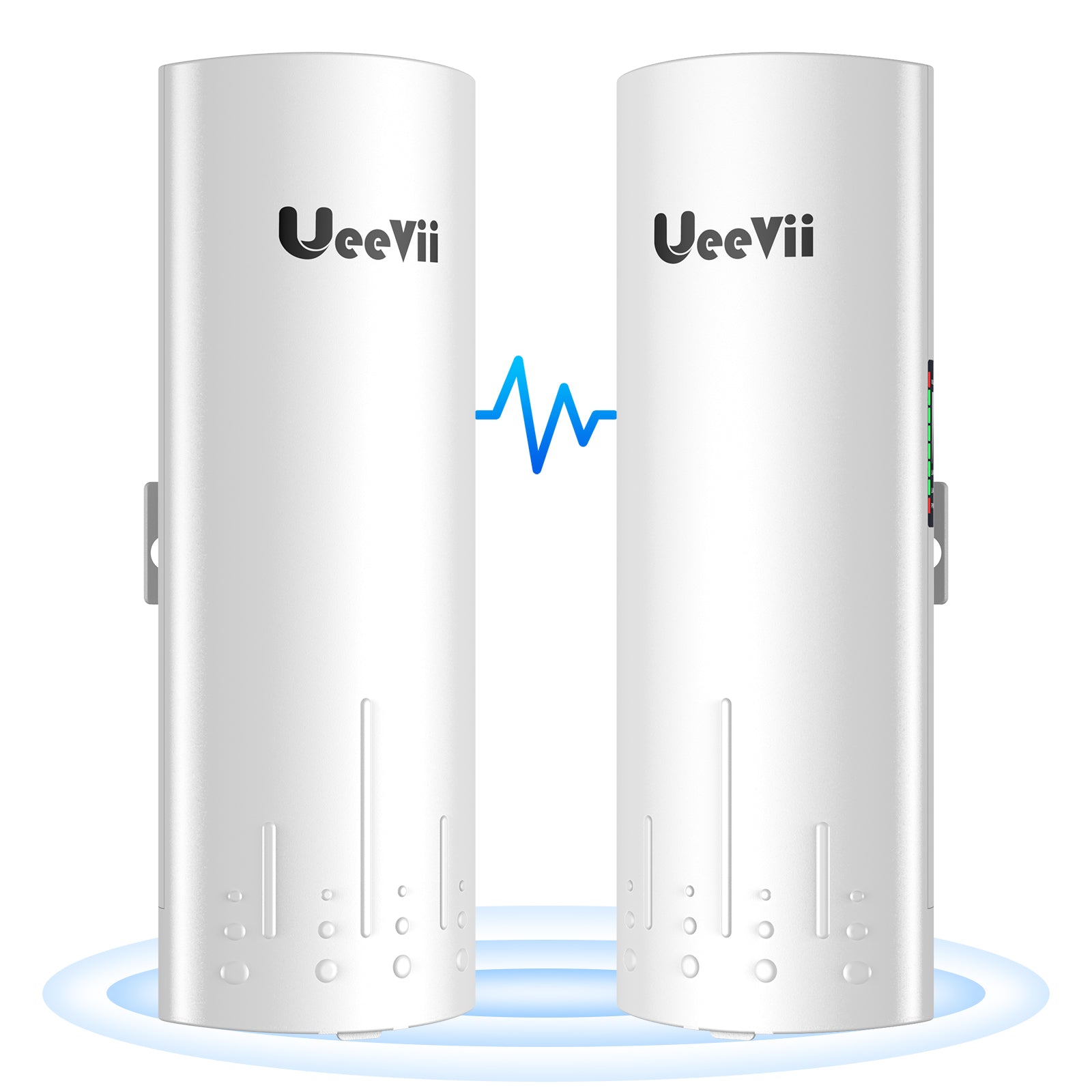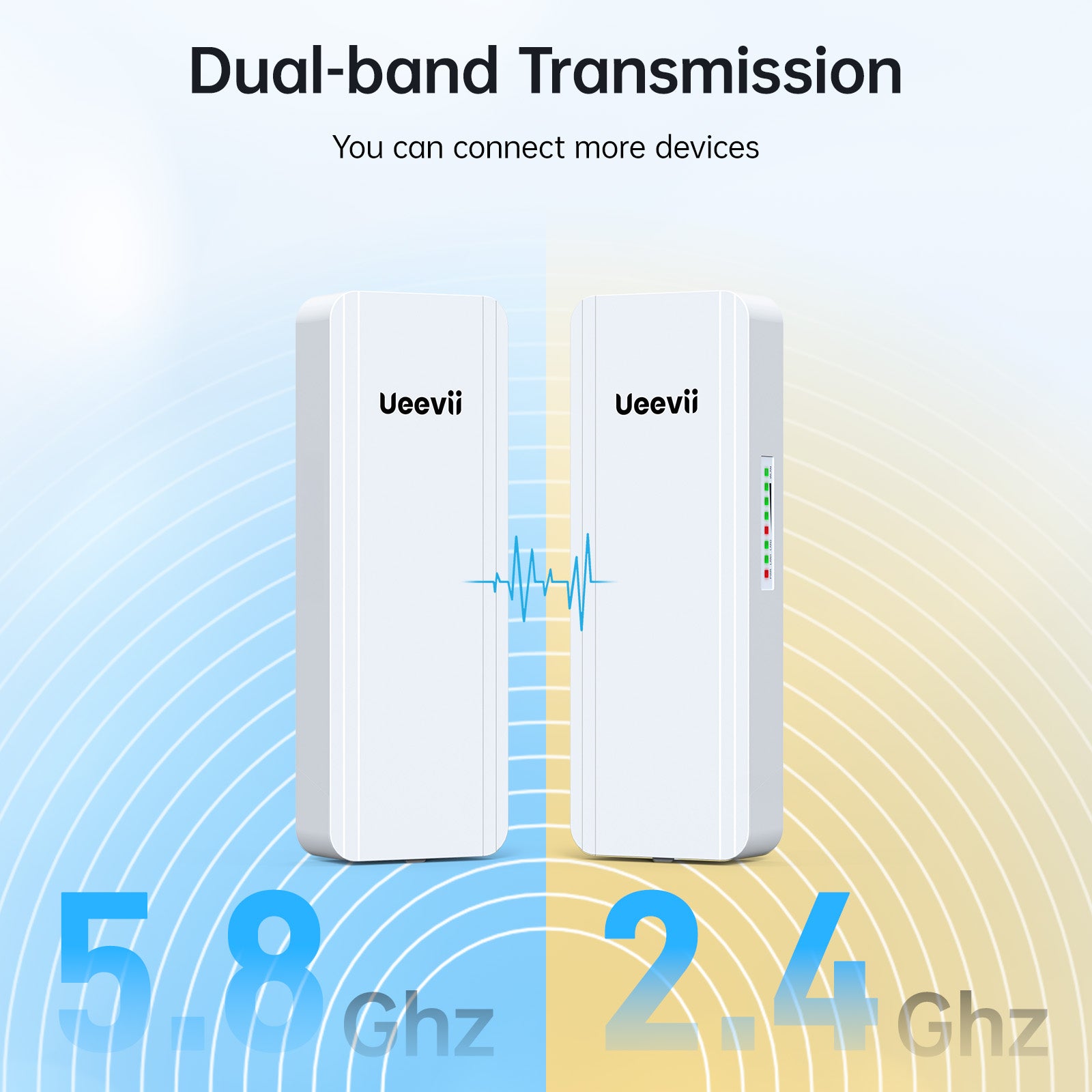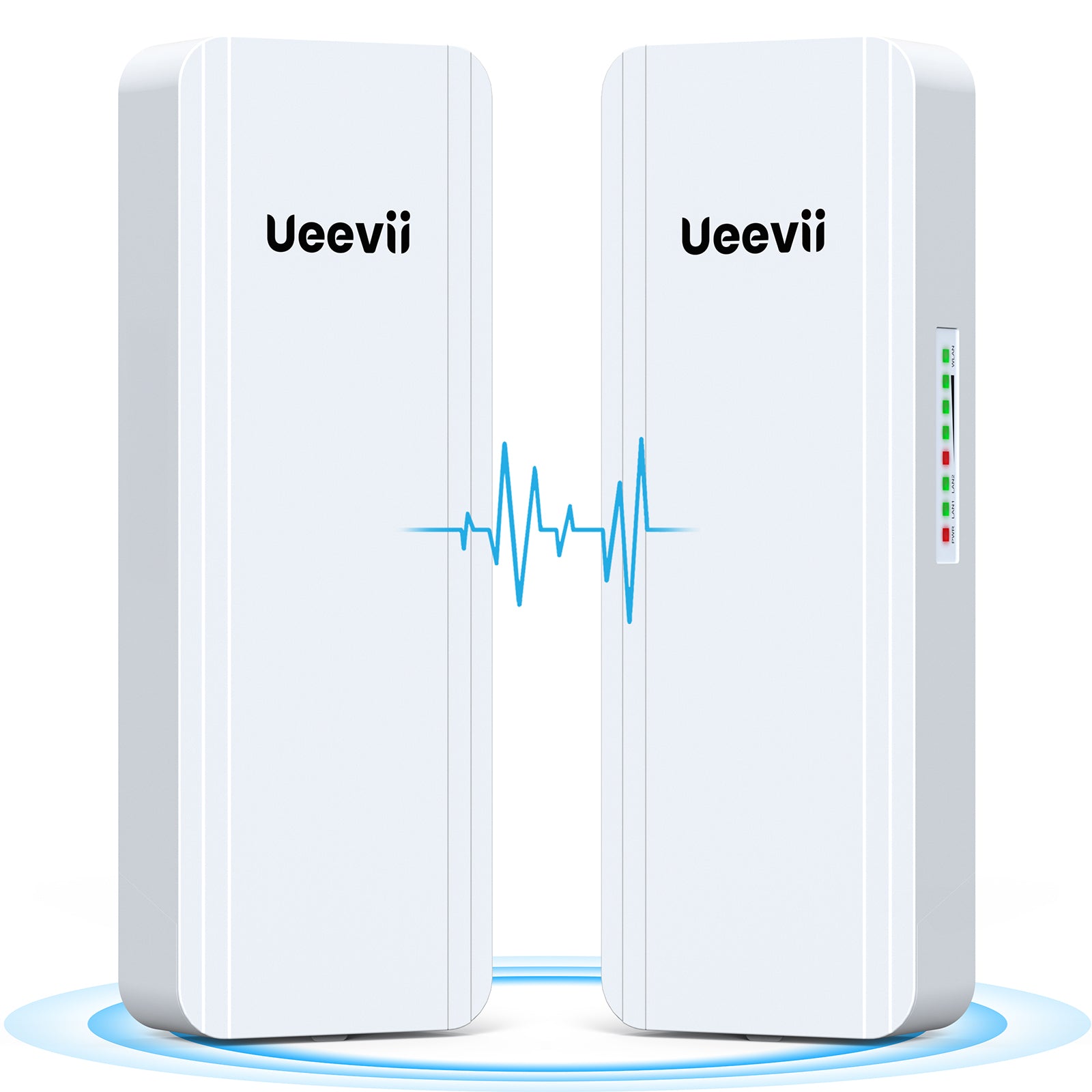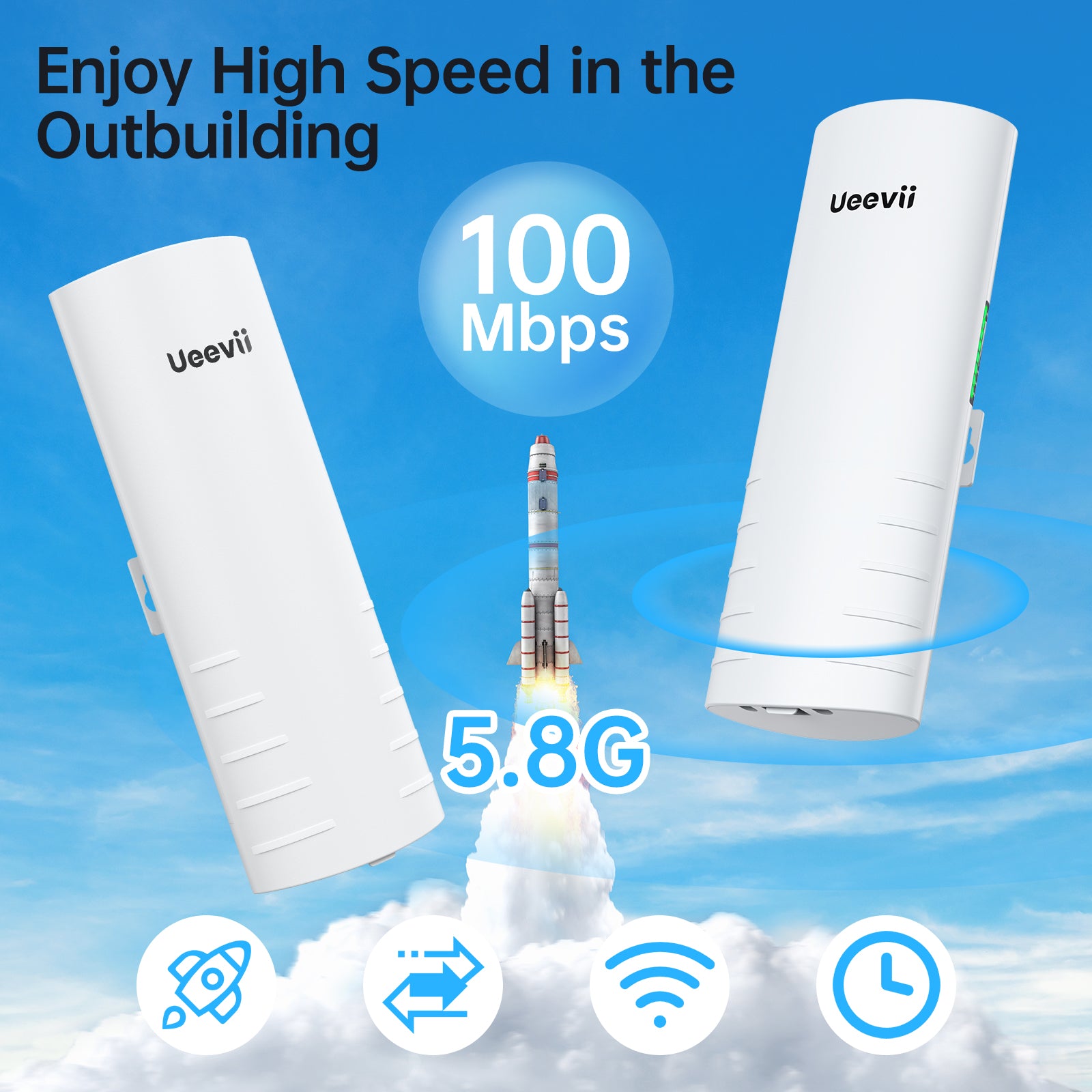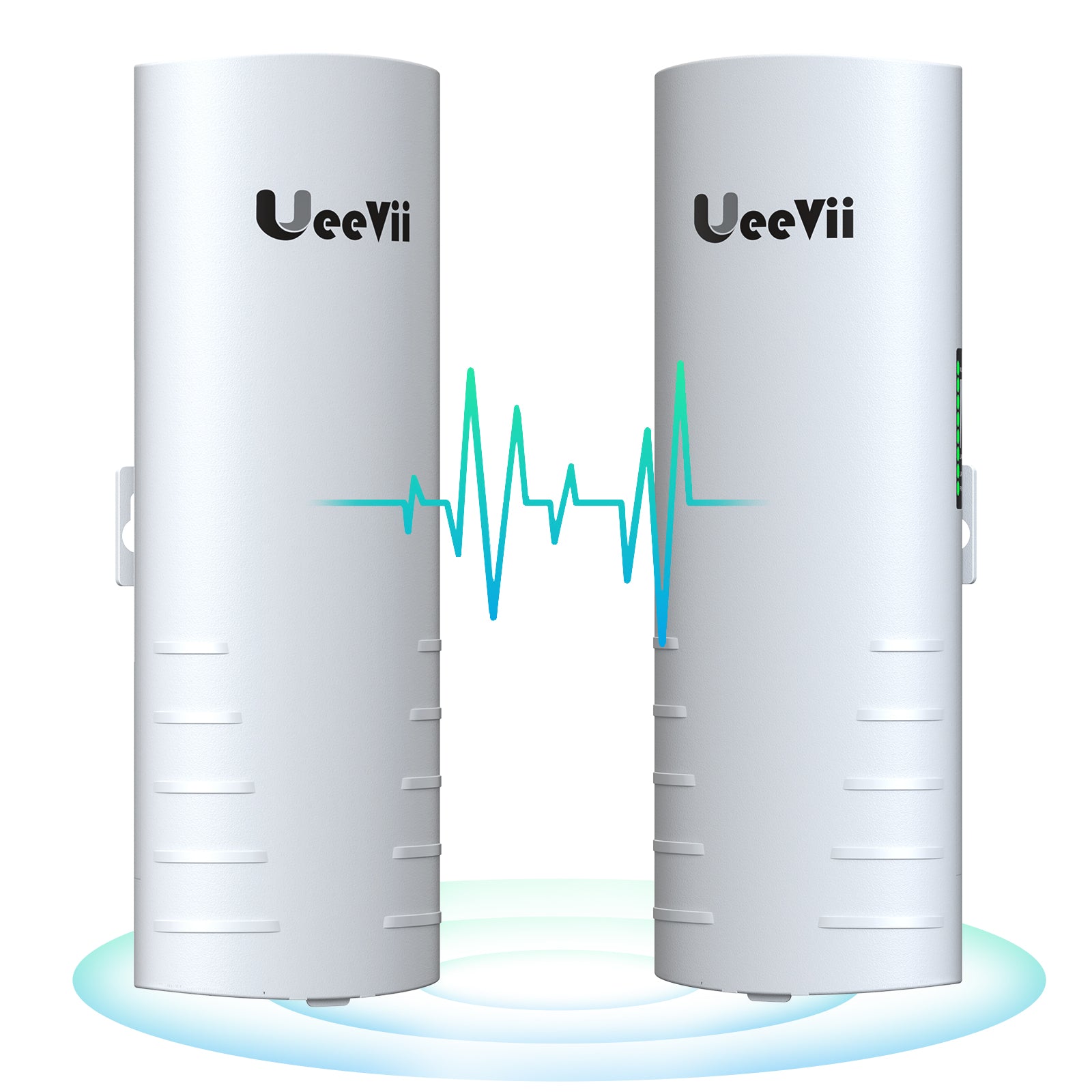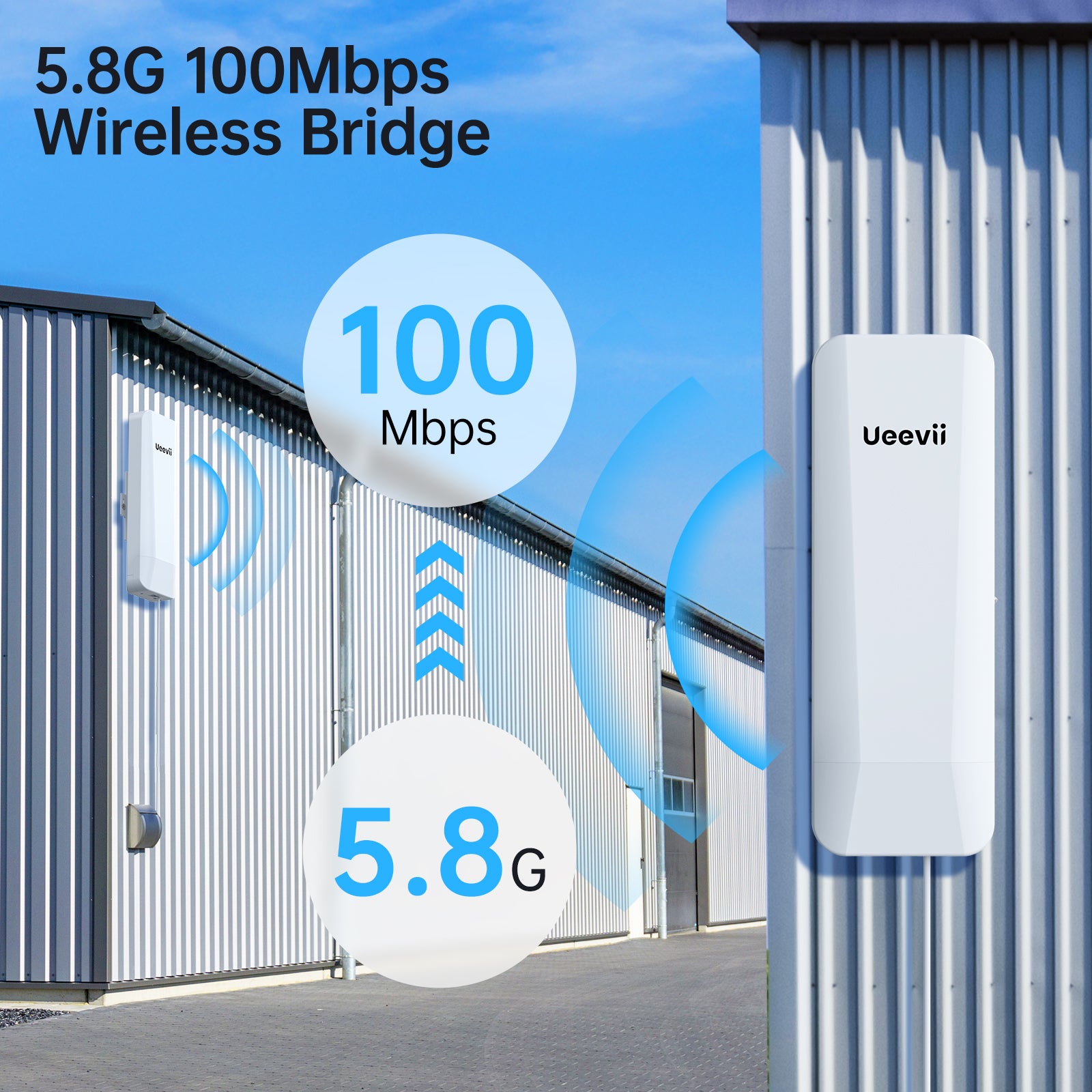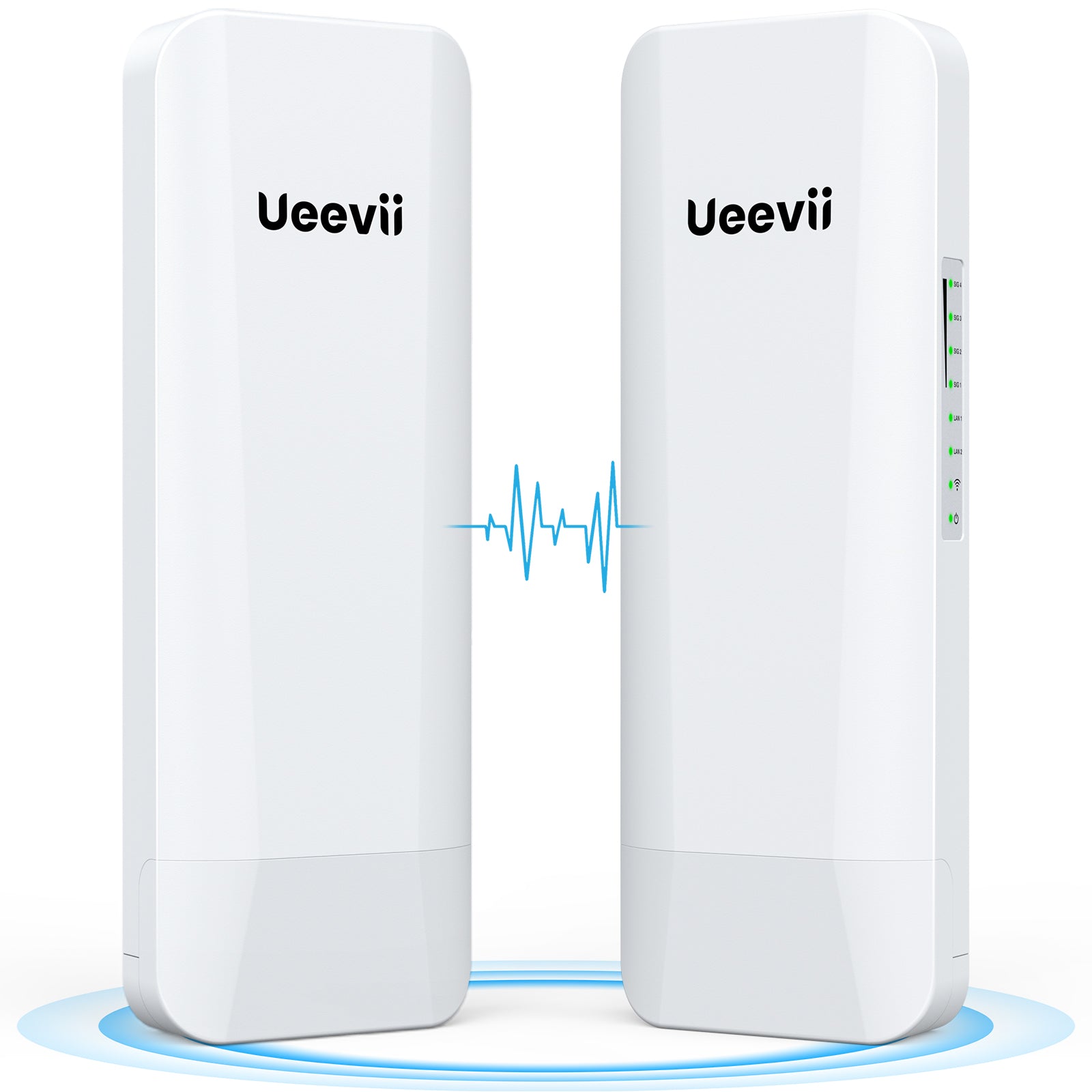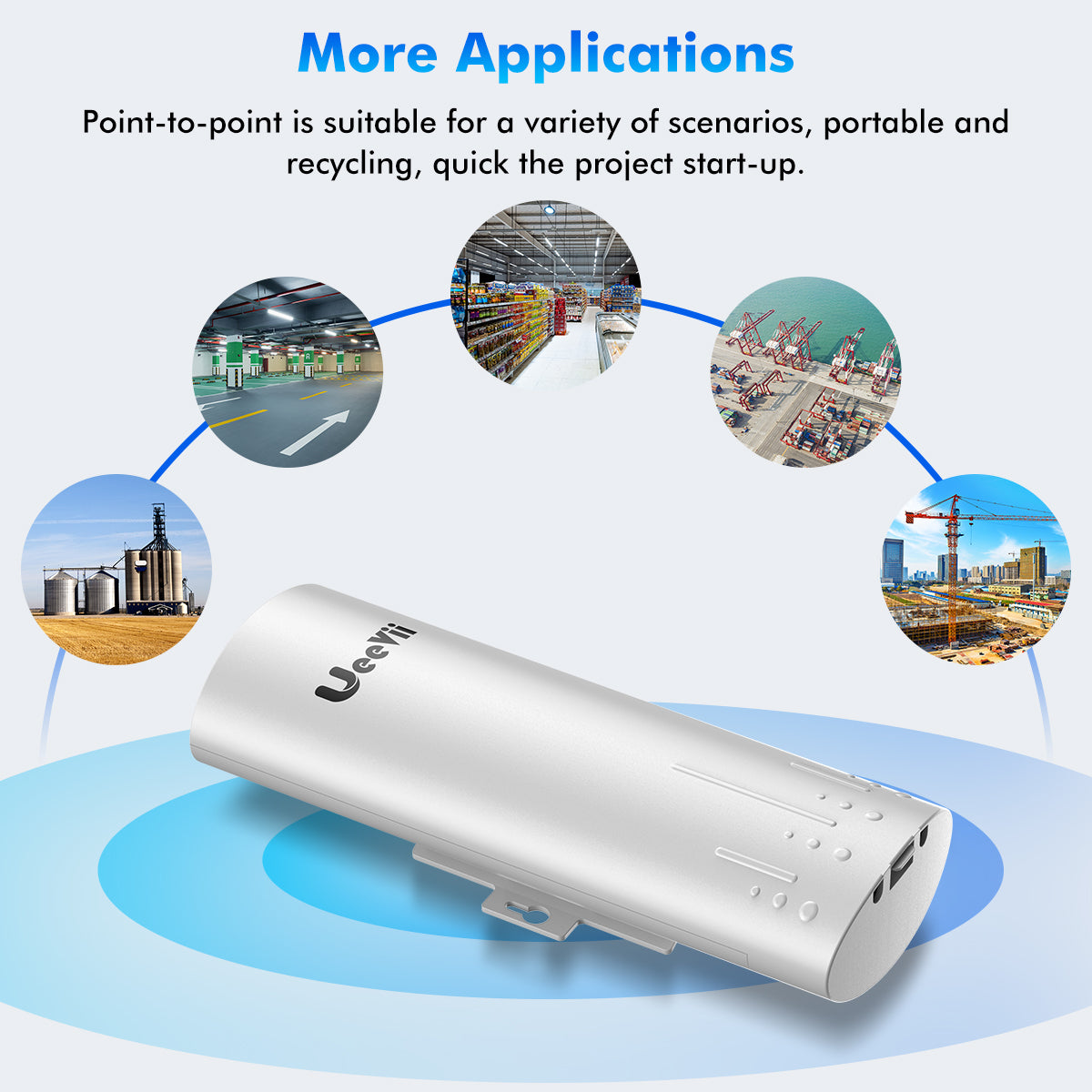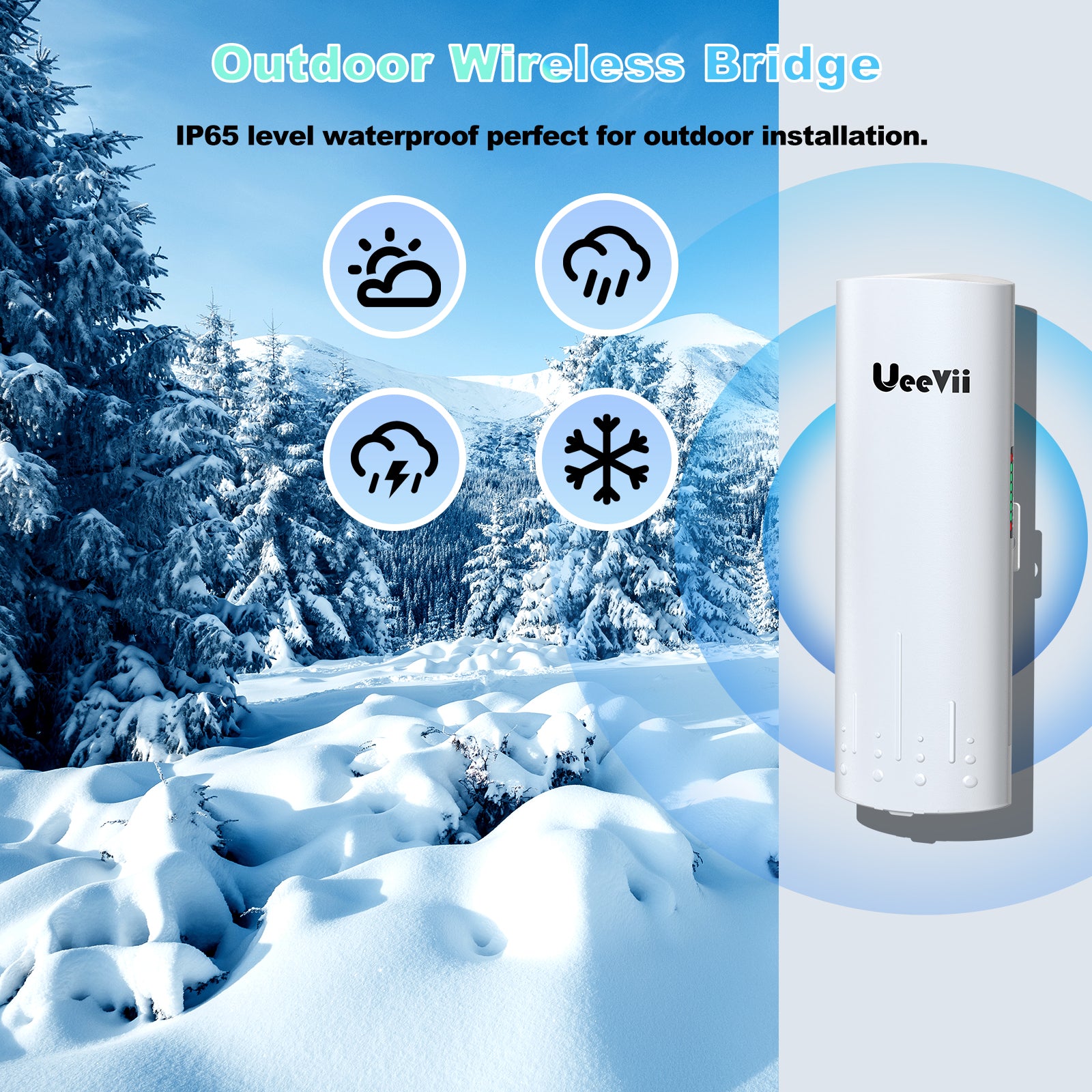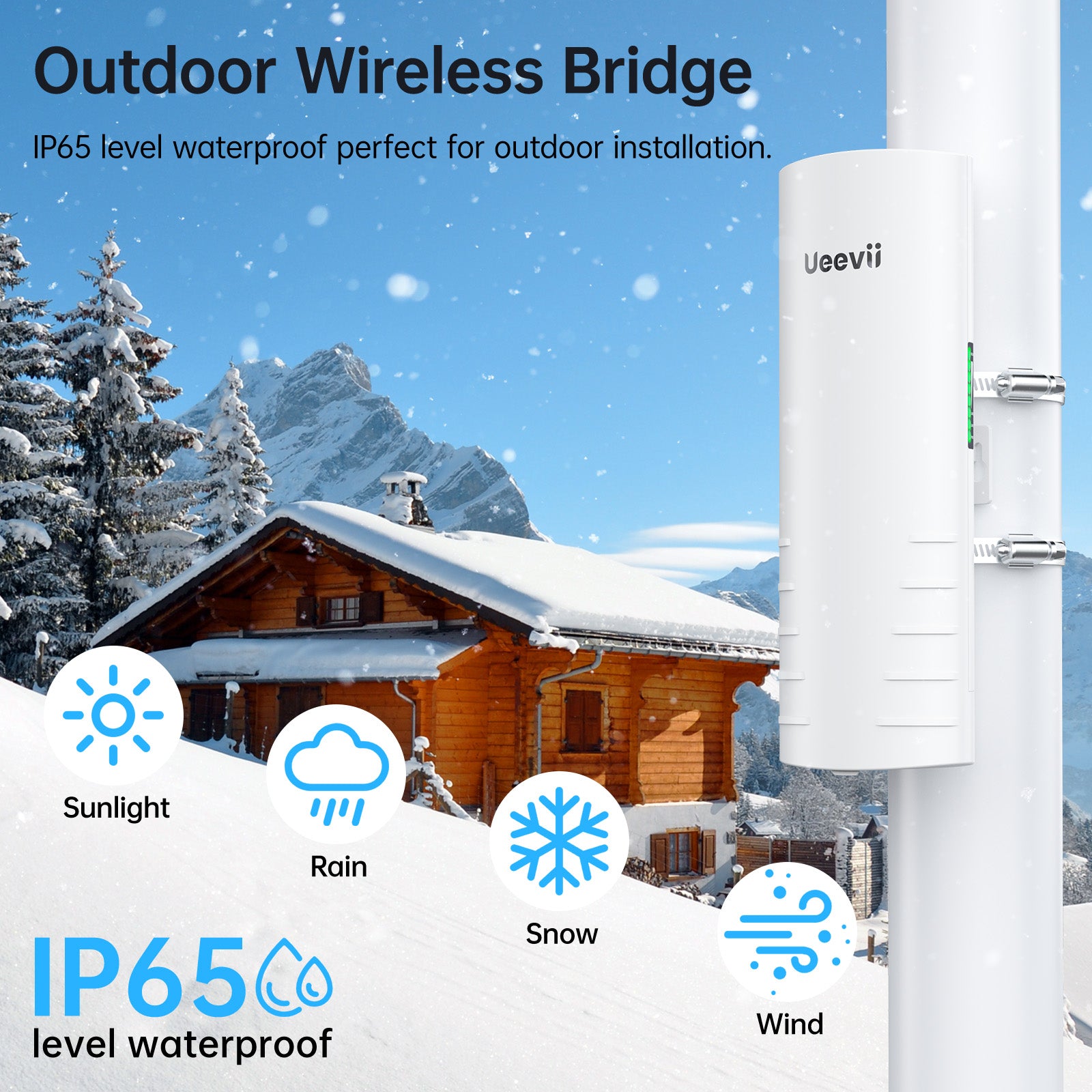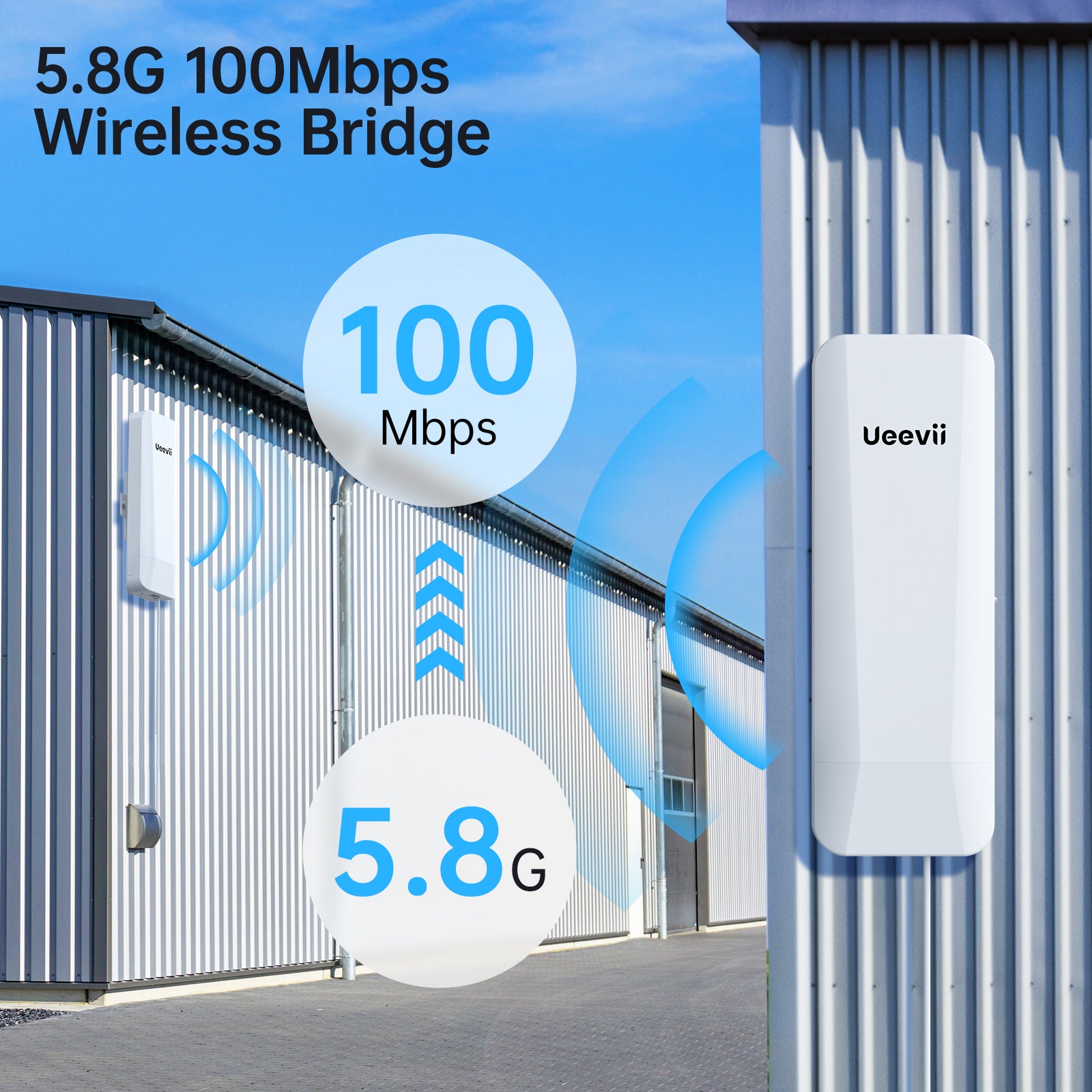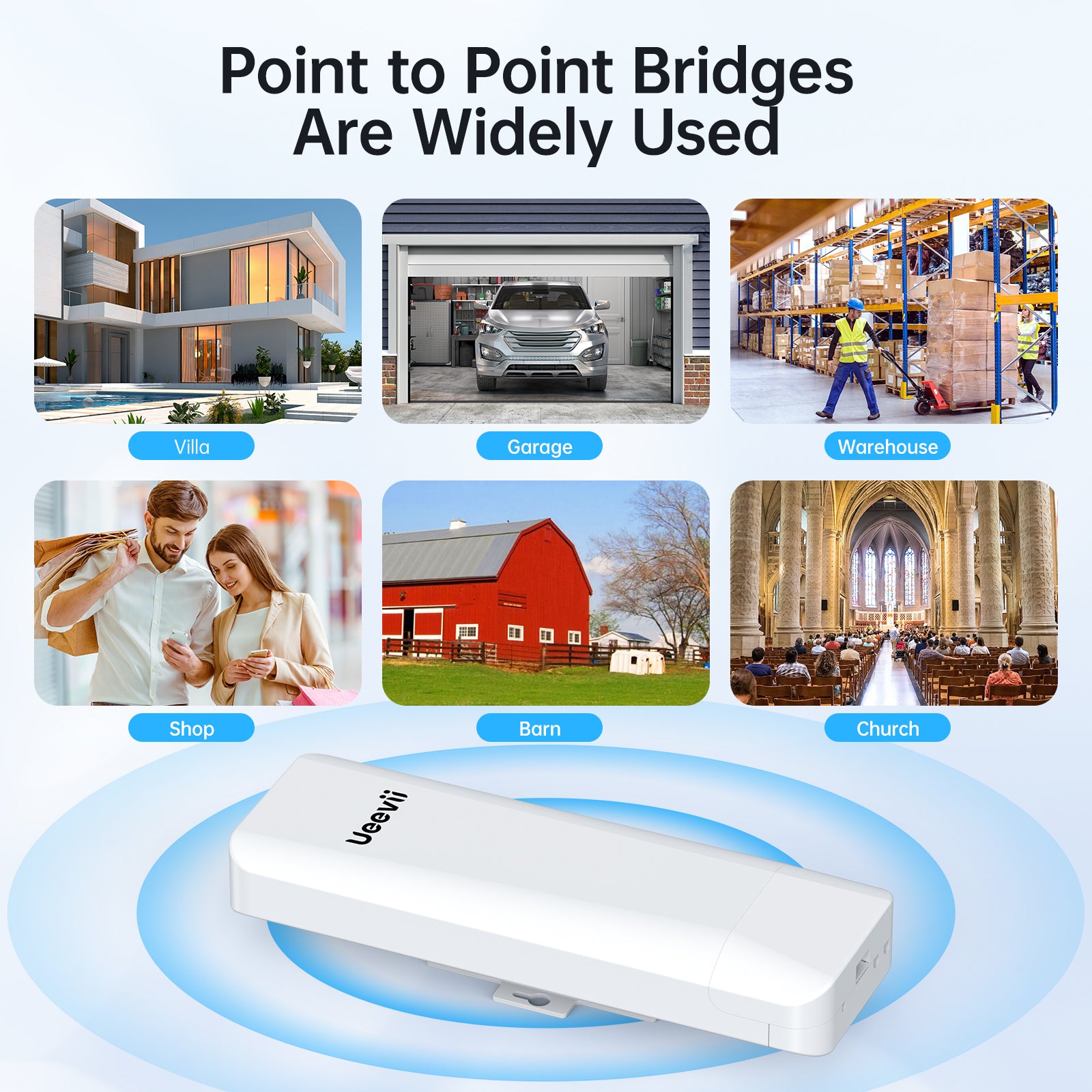Bridging the Digital Divide: How a Point to Point Wireless Bridge Changed Lives
From Concept to Reality: The Installation Story
Once just an idea, the point to point wireless bridge became a key tool. It started with a team who saw a need for better internet in remote areas. They planned and found the right spots for the bridges. Installing took hard work and smart tech solutions. They faced rough weather and tough terrain. But they kept going, knowing the impact it would have. When the bridges were up, the signal lit up areas once cut off. This tech gave fast internet to towns and schools. It turned the dream of easy access to the web into a real thing people could use.
The Turning Point: When Connectivity Became Accessibility
The moment of transformation came when the wireless bridge was installed. In one instant, remote areas linked up. People who were once cut off from the world could now reach out. They could learn online, get health info, and grow their businesses. Schools in distant places began to use the web. Doctors started virtual visits. On farms, new tech boosted crops. The point to point wireless bridge did more than connect spaces. It opened doors to a new world of chances. For many, life was never the same after that day.
Beyond the Bridge: Community Impact and Empowerment
The installment of a point to point wireless bridge in a rural town heralded a new era of possibilities. Remote areas, once cut off, found themselves on the map of the digital world. This technological leap bridged more than just a physical gap; it connected communities to vital online resources and opportunities. Local businesses could reach a wider market, while educational institutions gained access to a wealth of knowledge. Emergency services became more effective with improved communication pathways. The impact of this connectivity resonated beyond the tangible, fostering a sense of inclusion and empowering residents to participate fully in the digital age.

The Technology Behind the Success: Point to Point Wireless Bridges
Understanding the Point to Point Wireless Bridge Technology
The essence of point to point (P2P) wireless bridge technology lies in its simplicity. It creates a direct wireless link between two separate locations. This tech uses radio frequencies to send data across both sites. By doing this, it skips the need for wired connections. P2P bridges are key in areas where laying cable is hard or costly. They deliver high-speed internet over long distances without fuss. P2P is known for its easy setup and sturdy connection. This tech helps connect remote or rural areas in the U.S. It makes sure these places can access the web and crucial online services.
The Role of Reliable Connectivity in Successful Point to Point Solutions
Reliable connectivity is key in point to point wireless bridging. It lets data flow steadily between two points. This steadiness is vital for many uses. For example, businesses rely on it for daily operations. And for emergency services, it's about swift, clear communication. Good connectivity means fewer dropouts and better quality signals. This ensures that users can trust the network at all times. In places where cabled Internet fails, these wireless solutions shine. They give a steady link that helps users stay connected. In turn, they fuel growth and boost local economies. Strong connections also power critical systems. They make modern tech like telemedicine possible. So, the role of reliable connectivity is huge. It makes sure point to point solutions work well across the United States.
Overcoming Challenges: Adaptability and Resilience in Wireless Networks
Wireless networks face many issues. Things like weather and obstacles can disrupt signals. But, point to point wireless bridges are tough. They use strong tech to stay stable. Even in hard conditions, they keep a strong link. This means they can adapt to lots of problems. Over rough terrain or long distances, they work well. This makes them key in remote places. There, they help by giving secure, fast links. So, people get to use the net without trouble. This is how these wireless bridges keep us all connected.
A Customer's Journey: From Skeptic to Advocate
Initial Doubts and the Decision to Connect
Many were unsure about wireless bridges at first. They questioned if this tech could really help. Yet, a critical need for reliable internet drove them to try. When the bridge was set up, their doubts began to fade. The instant online access was hard to believe. Soon, the benefits became clear to the once skeptics. This leap of faith into better connectivity had paid off.
A Testimonial: Realizing the Potential of Enhanced Connectivity
One resident shared their story. Before, they doubted the tech. 'It won't change much,' they thought. But installing a wireless bridge proved them wrong. Suddenly, the web was at their doorstep. Streaming, browsing, video calls - all seamless. This boost in speed and reliability changed their mind. It was not just about access, but about new chances. They said, 'It opened doors for us here in ways I never imagined.' Their story is not alone. Many echoed the sentiment, realizing the true impact of a wireless bridge.
From User to Advocate: The Customer Experience Shift
Many customers start unsure about new tech. But with point to point wireless bridges, doubts soon turn to trust.
One user's story stands out. After trying the service, they saw huge changes. Speed and reliability improved. Work and life got better.
The user shared their story with others. They talked about better access and new chances. This gave hope to more people.
Slowly, the user became a big fan of the wireless bridge. They told friends and family. They became a voice for the tech in their community.
This shift is common with good solutions like point to point wireless bridges. When tech works well, users want to share it. They change from users to advocates.
This is a win for both the tech and the user. Better connectivity can lead to stronger communities. And user stories help others see the value in trying new solutions.




